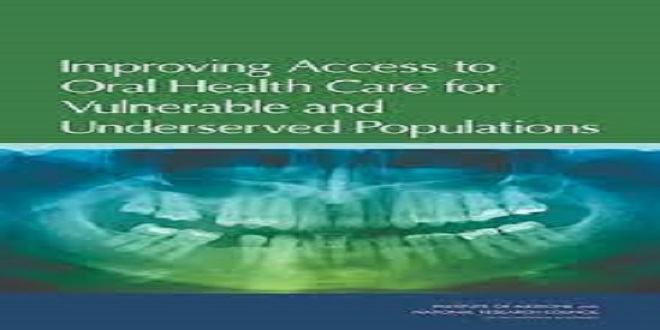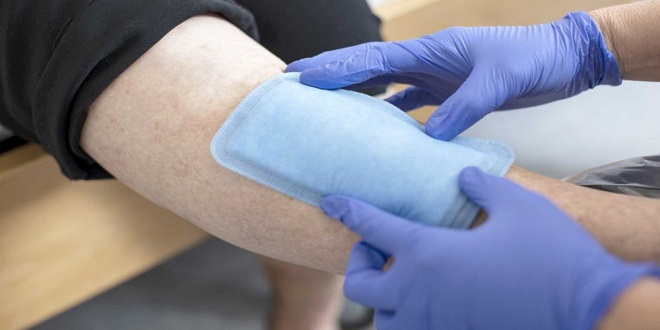Financing of and Access to Dental Services

National trends in oral health
During the past 20 years there has been drama[1]ic improvement in the oral health of the American population. Children have fewer dental caries than ever before. Comparisons of findings from four national probability surveys demonstrate that the num[1]beer of dental caries has declined substantially. For the first time, recent analysis shows reductions in caries also have occurred among American adults (Brown et al, In Press; Brown and Sango, 1993).
The number of untreated carious lesions has been reduced by almost one half since the early 1970s. This reduction occurred in all age groups from 18 to 45 years. Caries is the dental disease that historically has engaged the most dental personnel and resources. Caries reduction has translated into adults requiring fewer restorations.
Untreated Caries in Permanent Teeth of Children
Children living in poverty continued to have more untreated carious lesions in their permanent dentition in the early 1990s than did non-poor chill[1]den. Nevertheless, these children also experienced dramatic improvement both in the percent without caries, the average number of untreated carious per[1]moment teeth, and in the extent of untreated caries among those with the condition.
As illustrated in Figure 4.1, the difference in the average number of untreated carious teeth in children at or below the poverty level compared to those above 300% of the poverty level narrowed substantially between NHANES I and NHANES III, from 1.36 teeth to 0.35 teeth (Brown et al, 1999). Although the condition of carious permanent teeth among children represents an oral health probe[1]elm, its prevalence and extent have diminished for all poverty and race categories examined. During the two-decade interval between the two NHANES studies there has been a substantial improvement in the prevalence of untreated carious permanent teeth among children 6-18 years old.
ACCESS TO DENTAL CARE SERVICES
In private practice most care is provided to those who are willing and able to pay the den[1]tist’s standard fee for the services rendered. Individuals with unmet needs who are unable or unwilling to pay the provider’s fee generally do not effectively demand care from the private prac[1]tice sector. These individuals with diseases not treated in private practice are likely targets for new public policies intended to improve their access to care. To be effective these new policies must have the necessary resources to translate unmet need into effective demand. With existing programs, too often such resources are invaded[1]quite (Barnett and Brown, 2000).
FINANCING OF DENTAL SERVICES
This section discusses the financing of dental serve[1]ices as part of the evaluation of the universal and greatest barrier to receiving care; that is, cost. Total dental expenditures in 2000 were about $60 billion. Nominal expenditures have increased at annual rates ranging from 5-7% since 1982. Real expenditures have increased at 1.4%. The increase in real dental expenditures has been slightly less than the rate of growth in the real Gross Domestic Product (GDP) over this period. The major drivers of dental expenditures are the general wealth of the population, employer and public contributions to dental prepayment premiums, the perceived need for and value of dental services, and oral health status.
Dental Care Payment Arrangements Influence Demand
An important factor related to the demand for dental services, and thus access, is the availability, extent and character of third party financing for services (Tuominen, 1994). Individuals who value dental services are willing, under certain conditions, to have prepayment plans purchased on their behalf by their employers. Employers as the purchasers of prepayment plans shape the demand for dental pre[1]payment.
They seek to provide employees with desired benefits while at the same time attempting to control the costs of fringe benefits for their companies. Several factors determine the demand for dental prepayment (Feldstein, 1978). Other than premium cost, another factor that affects the demand for den[1]tall prepayment is family financial resources. Other things being equal, families with larger incomes will express greater demand for dental prepayment. The value that an individual places on good oral health also influences the demand for dental prepayment and the demand for dental care. In turn, the value that an individual places on oral health is influenced by income, education and cultural factors.
Publicly funded payment arrangements: the dental safety net
The poor and near-poor often cannot pay for den[1]tall care from their own resources. To date, public programs such as Medicaid have not provided ado[1]quite financial access to care. Thirty-two state Medicaid programs do not cover adult dental care, except for emergency services. Most Medicaid programs do provide coverage for indigent children and parents, mainly single mothers, enrolled in the Aid to Families with Dependent Children (AFDC) program (Bail it, 1999). In addition, states are required by Federal law to provide basic dental care to all Medicaid eligible children under the Early and Periodic, Screening, Diagnosis and Treatment (EPSDT) program. About 20 million children are covered by EPSDT. Nevertheless, only 20-30% of Medicaid eligible children see a dentist annually and an unknown, but much smaller, percentage receives comprehensive preventive and curative care.
Last word
Whether, and how often, individual Americans obtain dental care are frequently studied as mesa[1]urges of access. Several reports have focused on the extent, determinants and likelihood of dental visits (National Center for Health Statistics [NCHS], 1972). Measured as the number of visits per year or the number of individuals with at least one visit dour[1]in the previous year, these studies have provided useful information about dental services use. The second measure of utilization is expenditures for dental services. Expenditures are a dollar mesa[1]urea of the extent of utilization of resources once entry into the dental delivery system occurs. Expenditures are influenced by a combination of several factors including, but not limited to, profess[1]signally determined need for care, ability to pay, perceived value of oral health and local supply and availability of providers.





